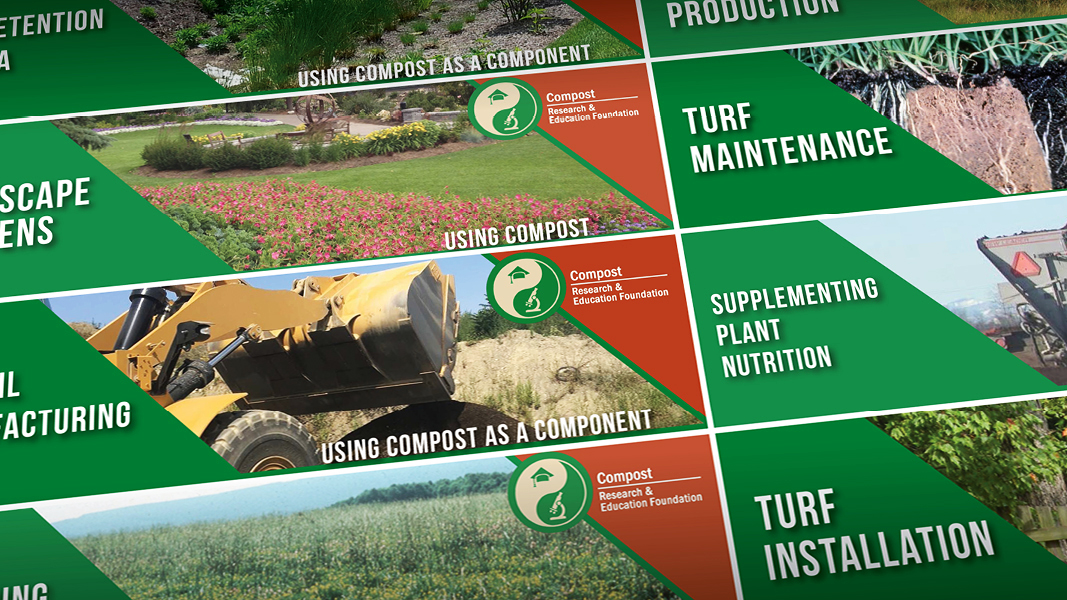The Compost Research and Education Foundation (CREF) released fact sheets on 10 compost end uses. Each sheet describes the application, highlights the key benefits and return on investment (ROI) for the end user, reviews construction and/or application requirements, and then has a “spec sheet” of the compost parameters for that application, e.g., pH, organic matter content, stability, particle size, etc. “The goal of this project was to research current literature and studies documenting ROI and then create specification use factsheets that provide specific instructions for use and explain the ROI for very specific applications, completing the recycling loop: collection, processing, using the final product,” explains Beth Simone, CREF Development and Marketing Director. “While organics diversion has increased, market demand for compost has not kept pace. Many compost facilities have growing stockpiles. One reason for this is that it has been difficult to educate the market on the economic benefits of applying compost. These 10 factsheets have been created to help with that education process.”
CREF contracted with Ron Alexander, president of R. Alexander Associates, to write the fact sheets. Applications covered are Bioretention Media, Edible Gardens, Erosion Control Blanket, Landscape Gardens, Row Crop Production, Supplementing Plant Nutrition, Topsoil Manufacturing, Turf Installation, Turf Maintenance, and Upgrading Marginal Soils. The following is an example of the Key Benefits/ROI provided for end uses, in this case, Erosion Control Blankets:
- Reductions in sediment movement: 67–99%
- Storm water runoff reductions: 60–97%
- Nutrient savings: 50–100% for multiple years
- Water savings: minimum of 25%
- Enhances seed germination, plant establishment and slope cover percentage
- Cost of 1- and 2-inch application is equal to single and double rolled erosion control blankets, and less if seeding
- Assists with building projects seeking LEED credits













